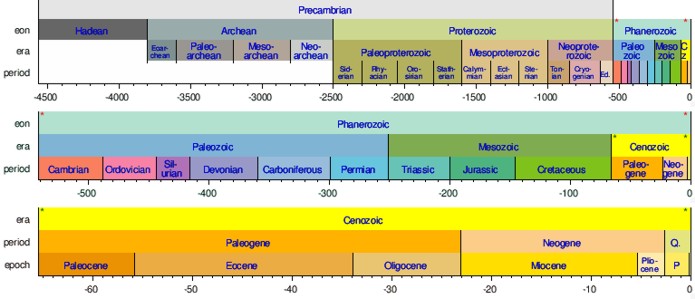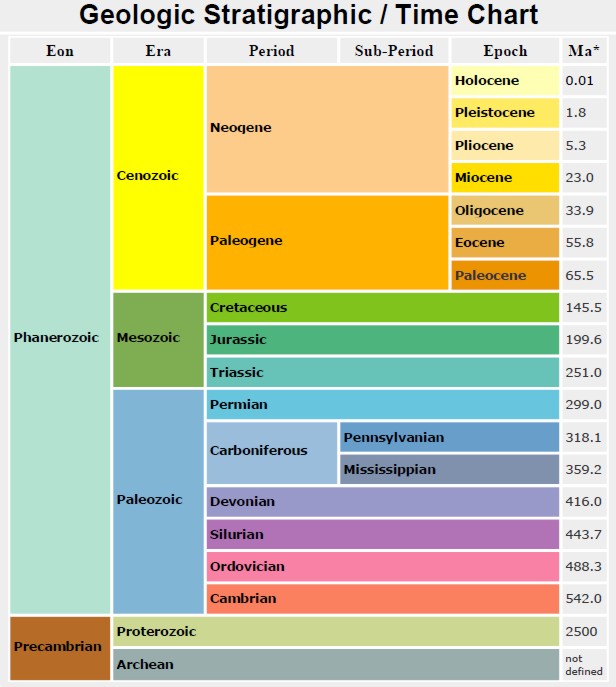|
The field is a major academic discipline, and is commercially important for mineral and hydrocarbon extraction, as well as for predicting and understanding earthquakes and volcanic eruptions. It is also an important foundation for many other science and engineering disciplines, including evolutionary biology, paleoclimatology, and geotechnical engineering. The word geology was first used by Jean-André Deluc in 1778 and introduced as a fixed term by Horace-Bénédict de Saussure in 1779. The word is derived from the Greek "gê", meaning "earth" and "logos", meaning "speech". The study of the physical material of the Earth dates back at least to ancient Greece when Theophrastus (372-287 BC) wrote "Peri Lithon" (On Stones). In the Roman period, Pliny the Elder wrote in detail of the many minerals and metals then in practical use.
In China, Shen Kua (1031–1095) formulated a hypothesis for the process of land formation. Based on his observation of fossil animal shells in a geological stratum in a mountain hundreds of miles from the ocean, he inferred that the land was formed by erosion of the mountains and by deposition of silt. Nicolas Steno (1638–1686) is credited with the law of superposition, the principle of original horizontality, and the principle of lateral continuity: three defining principles of stratigraphy.
James Hutton is often viewed as the first modern geologist. In 1785, he presented a paper entitled "Theory of the Earth" to the Royal Society of Edinburgh. In his paper, he explained his theory that the Earth must be much older than had previously been supposed in order to allow enough time for mountains to be eroded and for sediments to form new rocks at the bottom of the sea, which in turn were raised up to become dry land. Hutton published a two-volume version of his ideas in 1795..
Much of 19th-century geology revolved around the question of the Earth's exact age. Estimates varied from a few thousand to billions of years. By the early 20th century, radiometric dating allowed the Earth's age to be estimated at two billion years. The awareness of this vast amount of time opened the door to new theories about the processes that shaped the planet. The most significant advances in
20th century geology have been the development of the theory of
plate tectonics in the 1960s, and the refinement of estimates of the
planet's age. Plate tectonic theory arose out of two separate
geological observations: seafloor spreading and continental drift.
The concept was first mentioned by Antonio Snyder-Pelligreni in 1858, who attributed
it to the Biblical flood. In 1912, Alfred Wegener, proposed a
theory which accounted for the movement of the continents and
the apparent wandering of the north and south poles. However,
it was not until the mid-1960's, that Wegener's theory was widely
accepted by the geological community, Tuzo Wilson of the University
of Toronto being one of the significant contributors.
The theory revolutionized the Earth
sciences.
The earliest Solar System material is dated to 4567.2 ± 0.6 million years ago, and by 4540 million years ago, the Earth and the other planets in the Solar System had formed out of the solar nebula, a disk-shaped mass of dust and gas left over from the formation of the Sun. This assembly of the Earth through accretion was largely completed within 10 to 20 million years. Initially molten, the outer layer of planet Earth cooled to form a solid crust when water began accumulating in the atmosphere. The Moon formed shortly thereafter, 4530 million years ago, due to a collision between Earth and a Mars sized object. The history of the Earth is subdivided into eons, eras, and periods, as illustrated below:
Other major events led to the precursors of life and finally
to the Earth we know today. About 7 million years ago, ancient predecessors to humans emerged, and look at the mess we are in now!
|
||
|
Page Views ---- Since 01 Jan 2015
Copyright 2023 by Accessible Petrophysics Ltd. CPH Logo, "CPH", "CPH Gold Member", "CPH Platinum Member", "Crain's Rules", "Meta/Log", "Computer-Ready-Math", "Petro/Fusion Scripts" are Trademarks of the Author |
||


|
||
| Site Navigation | STRUCTURAL GEOLOGY EVOLUTION OF EARTH and EARTH SCIENCE | Quick Links |
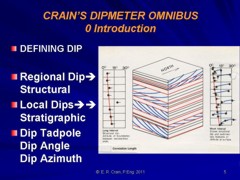
 Modern
geology began in the medieval Islamic world. Abu al-Rayhan al-Biruni
(973–1048 AD) was one of the earliest Muslim geologists, whose works
included the earliest writings on the geology of India,
hypothesizing that the Indian subcontinent was once a sea. Islamic
scholar Ibn Sina (Avicenna (981–1037) proposed detailed explanations
for the formation of mountains, the origin of earthquakes, and other
topics central to modern geology, which provided an essential
foundation for the later development of the science.
Modern
geology began in the medieval Islamic world. Abu al-Rayhan al-Biruni
(973–1048 AD) was one of the earliest Muslim geologists, whose works
included the earliest writings on the geology of India,
hypothesizing that the Indian subcontinent was once a sea. Islamic
scholar Ibn Sina (Avicenna (981–1037) proposed detailed explanations
for the formation of mountains, the origin of earthquakes, and other
topics central to modern geology, which provided an essential
foundation for the later development of the science. 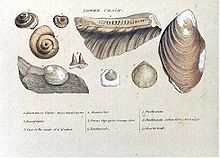 William
Smith (1769–1839) drew some of the first geological maps and began
the process of ordering rock strata (layers) by examining the
fossils contained in them.
William
Smith (1769–1839) drew some of the first geological maps and began
the process of ordering rock strata (layers) by examining the
fossils contained in them. 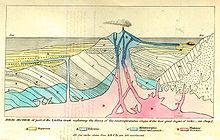 Sir
Charles Lyell first published his famous book "Principles of
Geology", in 1830. The book influenced the thought of Charles
Darwin, and successfully promoted the doctrine of uniformitarianism.
This theory states that slow geological processes have occurred
throughout the Earth's history and are still occurring today. In
contrast, catastrophism is the theory that Earth's features formed
in single, catastrophic events and remained unchanged thereafter.
Though Hutton believed in uniformitarianism, the idea was not widely
accepted at the time, and is somewhat oversimplified compared to
today's knowledge.
Listen
Sir
Charles Lyell first published his famous book "Principles of
Geology", in 1830. The book influenced the thought of Charles
Darwin, and successfully promoted the doctrine of uniformitarianism.
This theory states that slow geological processes have occurred
throughout the Earth's history and are still occurring today. In
contrast, catastrophism is the theory that Earth's features formed
in single, catastrophic events and remained unchanged thereafter.
Though Hutton believed in uniformitarianism, the idea was not widely
accepted at the time, and is somewhat oversimplified compared to
today's knowledge.
Listen 